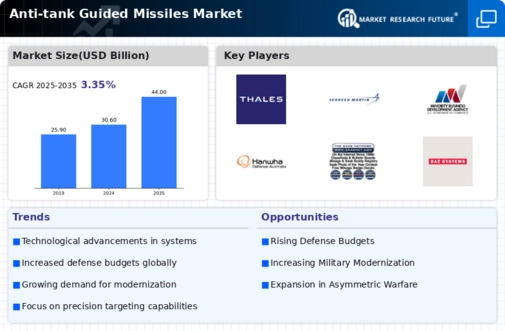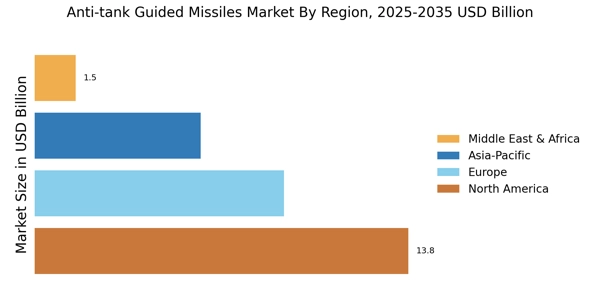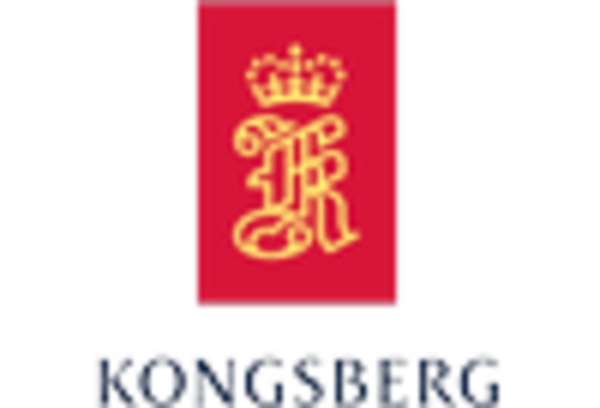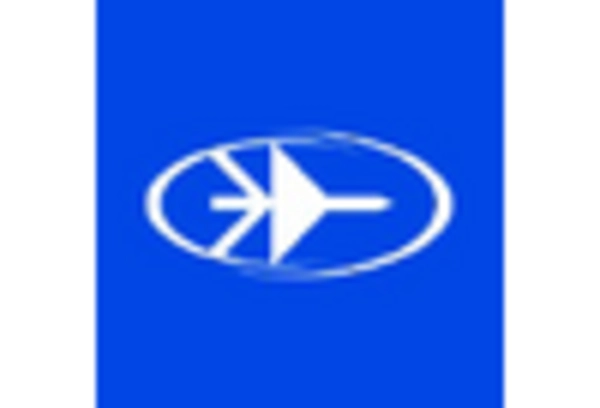The Anti-tank Guided Missiles Market is currently characterized by a dynamic competitive landscape, driven by technological advancements and increasing defense budgets across various nations. Key players such as Lockheed Martin (US), Raytheon Technologies (US), and Rafael Advanced Defense Systems (IL) are at the forefront, each adopting distinct strategies to enhance their market positioning. Lockheed Martin (US) focuses on innovation, particularly in developing next-generation missile systems that integrate advanced targeting technologies. Meanwhile, Raytheon Technologies (US) emphasizes partnerships with defense agencies to tailor solutions that meet specific operational needs, thereby enhancing its competitive edge. Rafael Advanced Defense Systems (IL) is leveraging its expertise in precision-guided munitions, aiming to expand its footprint in emerging markets, which collectively shapes a competitive environment that is both collaborative and competitive.
The business tactics employed by these companies reflect a concerted effort to localize manufacturing and optimize supply chains, which are crucial in a moderately fragmented market. This fragmentation allows for niche players to thrive, yet the influence of major corporations remains substantial. The collective strategies of these key players not only enhance their operational efficiencies but also contribute to a more resilient supply chain, which is increasingly vital in the current geopolitical climate.
In August 2025, Lockheed Martin (US) announced a strategic partnership with a European defense contractor to co-develop a new anti-tank guided missile system. This collaboration is expected to leverage both companies' technological capabilities, potentially leading to a more advanced product that meets the evolving demands of modern warfare. Such partnerships are indicative of a trend towards collaborative innovation, which may redefine competitive dynamics in the market.
In September 2025, Raytheon Technologies (US) unveiled a new missile system that incorporates artificial intelligence for enhanced targeting accuracy. This development not only positions Raytheon as a leader in technological integration but also reflects a broader industry trend towards the incorporation of AI in defense systems. The strategic importance of this innovation lies in its potential to significantly improve operational effectiveness on the battlefield, thereby attracting interest from various military clients.
In July 2025, Rafael Advanced Defense Systems (IL) secured a contract with a Southeast Asian nation for the supply of its advanced anti-tank guided missiles. This contract is particularly noteworthy as it marks Rafael's entry into a new regional market, showcasing its strategy of expanding into emerging economies. The implications of this move could be profound, as it not only diversifies Rafael's revenue streams but also enhances its global presence in a competitive landscape.
As of October 2025, the competitive trends in the Anti-tank Guided Missiles Market are increasingly defined by digitalization, sustainability, and the integration of artificial intelligence. Strategic alliances are becoming more prevalent, as companies recognize the need for collaborative approaches to innovation. Looking ahead, it appears that competitive differentiation will increasingly pivot from traditional price-based competition to a focus on technological advancements, innovation, and the reliability of supply chains. This shift suggests that companies that can effectively harness these trends will likely emerge as leaders in the evolving market.


















Leave a Comment